Monument Plinth
Laser-engraved archival pigment prints over black acrylic, 2020
Uranium disposal cells are geometric mounds engineered to isolate radioactive material from the surrounding environment. The mounds sit above the ground and cover surfaces from a few acres to half a mile and consist of an outer shell of riprap rock and a clay soil layer that covers the radioactive material. They are designed to allow for rain runoff and to prevent plant growth from forming on top and penetrating the clay layer. Typically, the cells in the Southwest are made from demolished buildings at uranium mines, and the cells in the Midwest and East are most commonly from uranium metal engineering and processing sites.
Some sites that produced the waste contained in the cells date back to the Manhattan Project and were created to mine and construct nuclear weapons; some of the sites continue to operate today for the nuclear energy industry. The amount of radioactivity in the cells varies, but most radiation comes from Uranium-238 with a half-life as old as the earth or 4.47 billion years. There are over 100 sites like these that exist in the US and the number is growing.
Disposal cells are architecturally fascinating sites. They are often designed to blend in with the landscape, but their shapes form mounds on the earth, and their suture materials seldom remain as invisible as intended. They are otherworldly to see up close, but even more fascinating to see from an aerial view where their odd geometry takes shape. While some sites are constructed away from populated cities, others such as those in Weldon Spring, just outside St. Louis, Missouri, are difficult to ignore and function as recreational destinations.
Monument Plinth features aerial images from forty uranium disposal cells across the US. The images were collected with the assistance of Dr. Mark Finco and acquired by the National Agriculture Imagery Program. I printed and mounted each image on black acrylic and laser engraved the cell detail into the surface, reflecting an internal space or void.
Monument Plinth

Uranium Disposal Cells and Spent Nuclear Fuel Storage Sites Map created by Dr. Scott White

Monument Plinth Overview, 40 uranium disposal cells
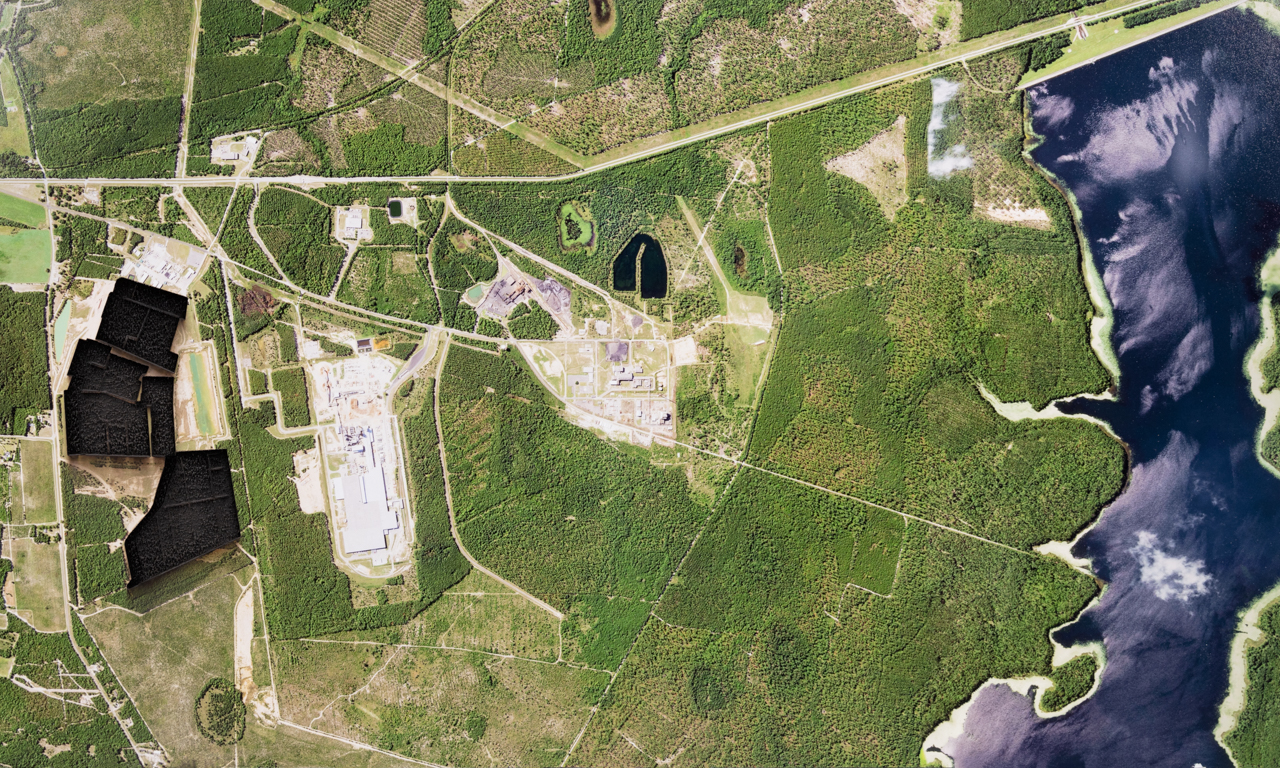
Savannah River Site, South Carolina and Georgia
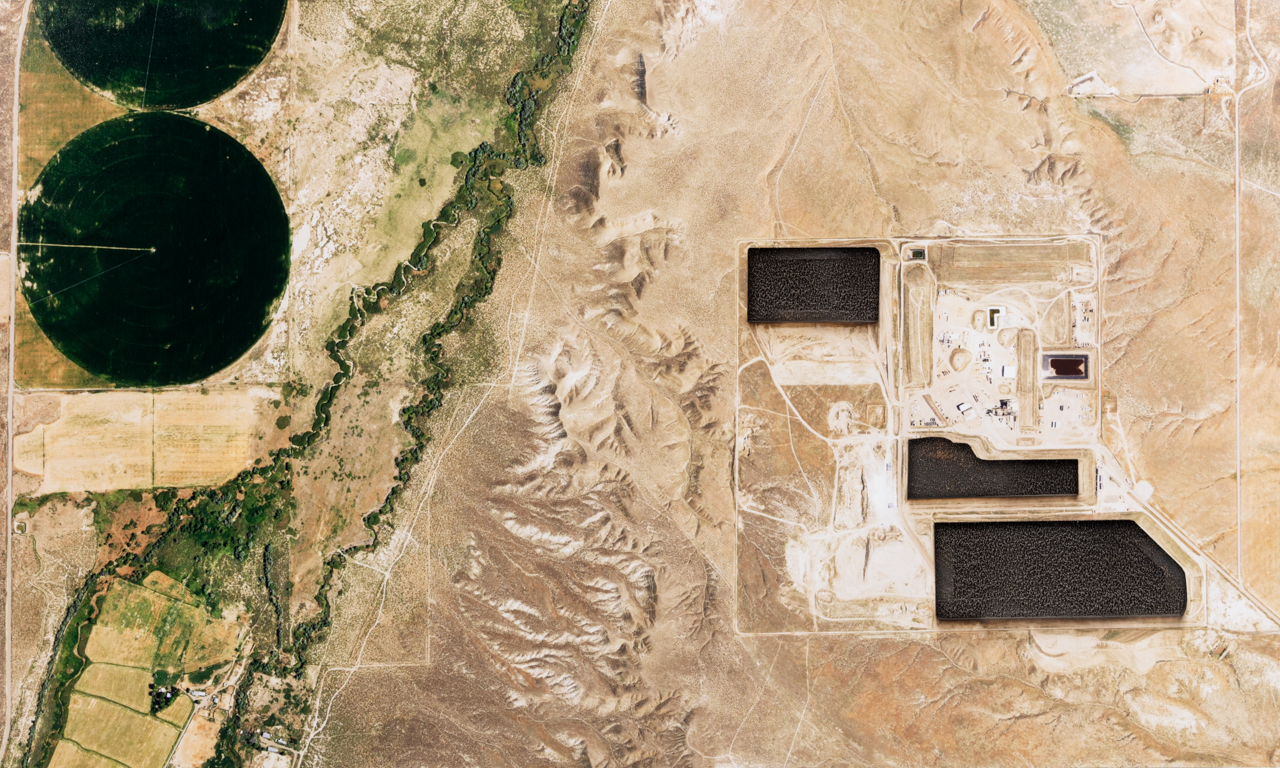
Grand View, Idaho
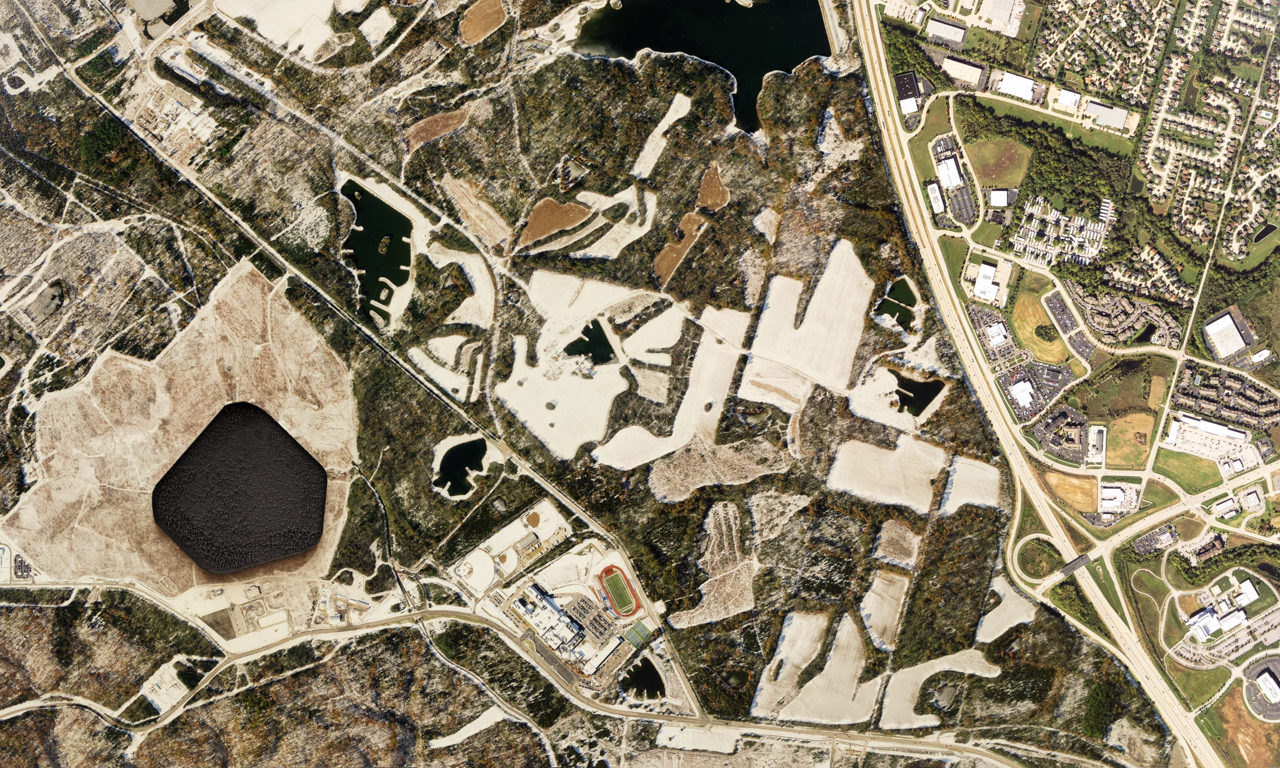
Weldon Spring, Missouri

Tuba City, Arizona

West Valley, New York
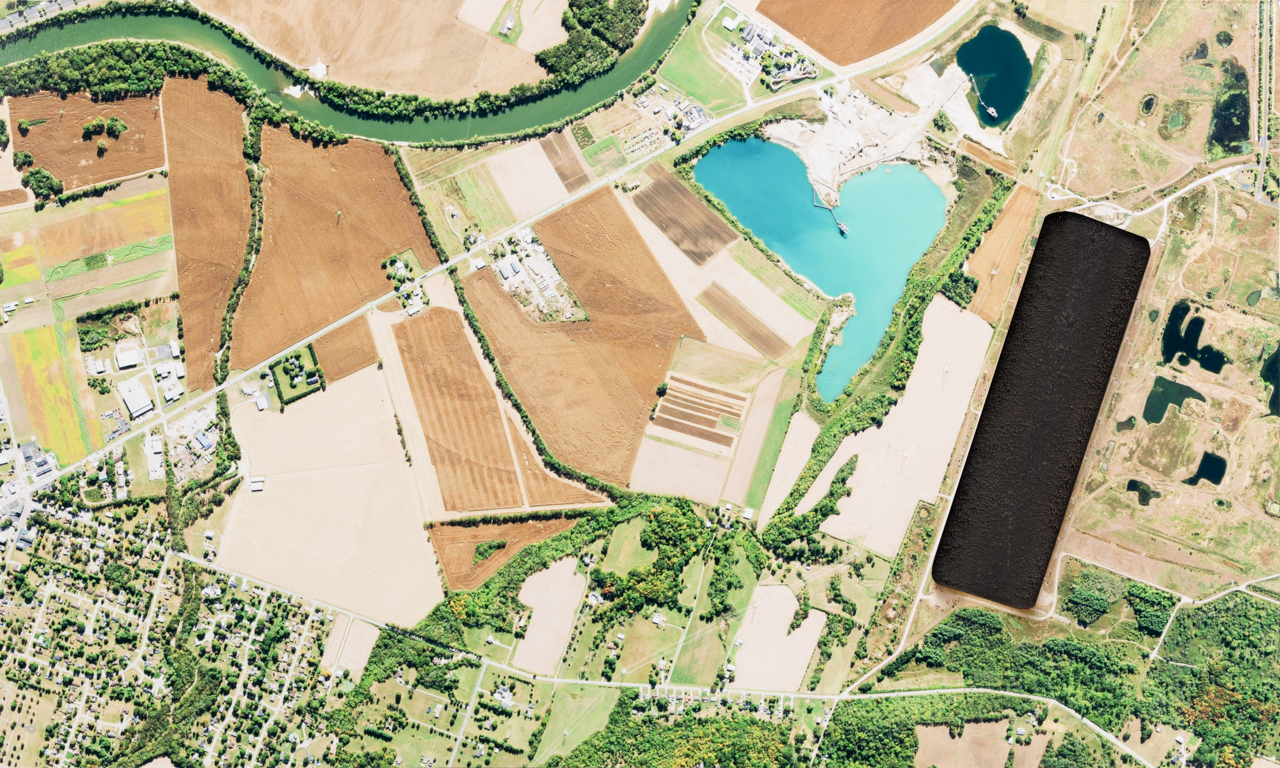
Crosby Township, Ohio
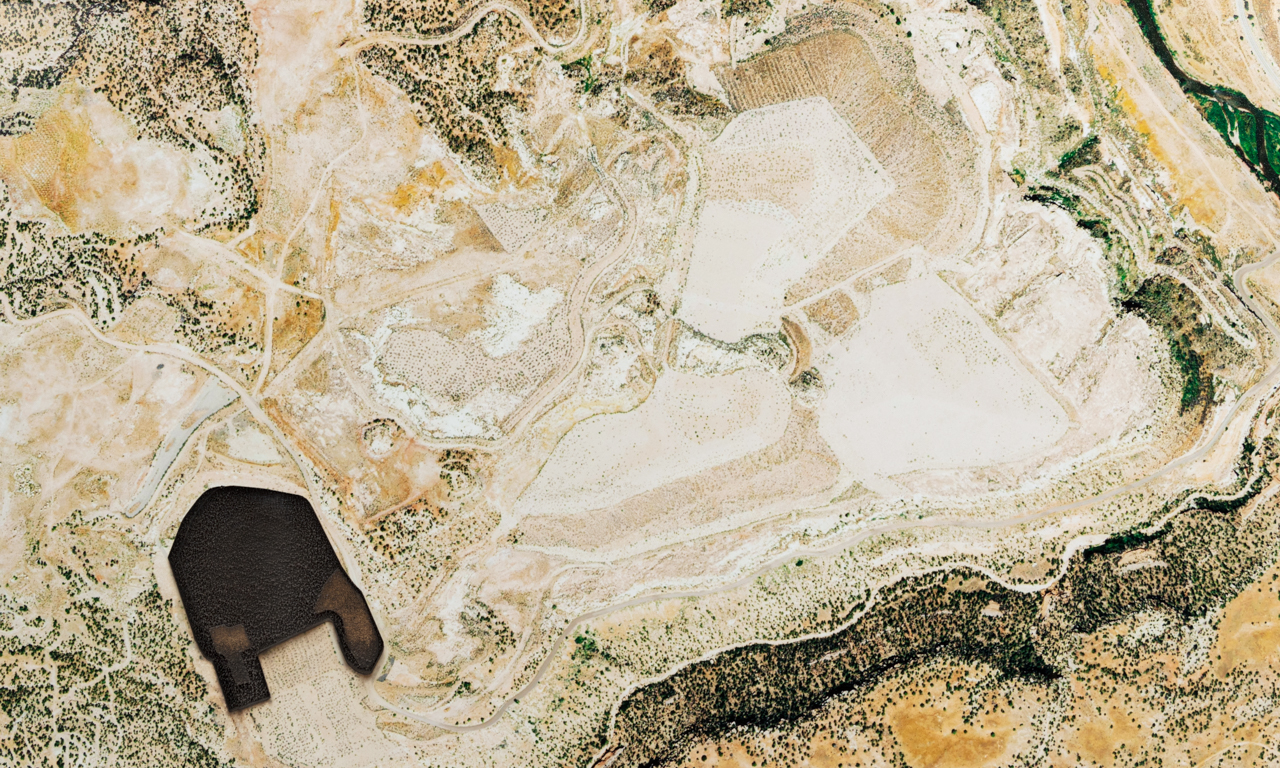
Uravan, Colorado

Durango, Colorado
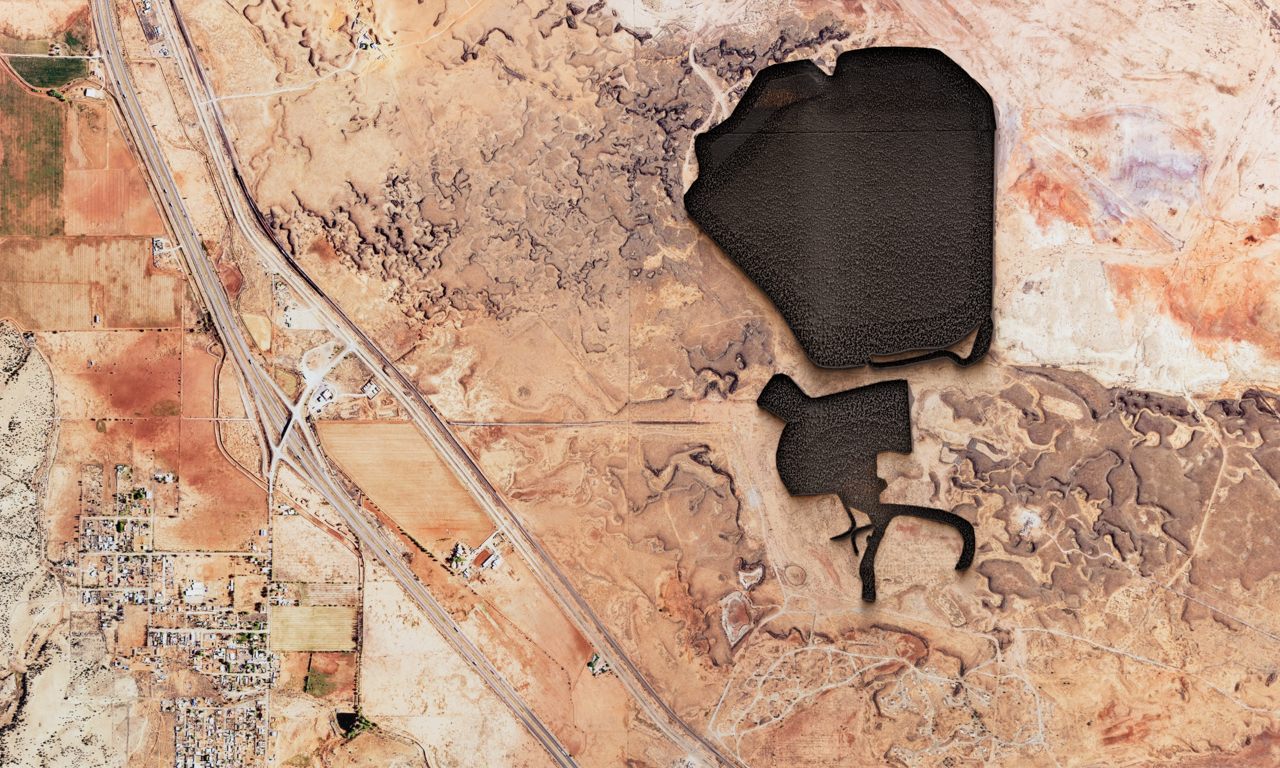
Bluewater, New Mexico
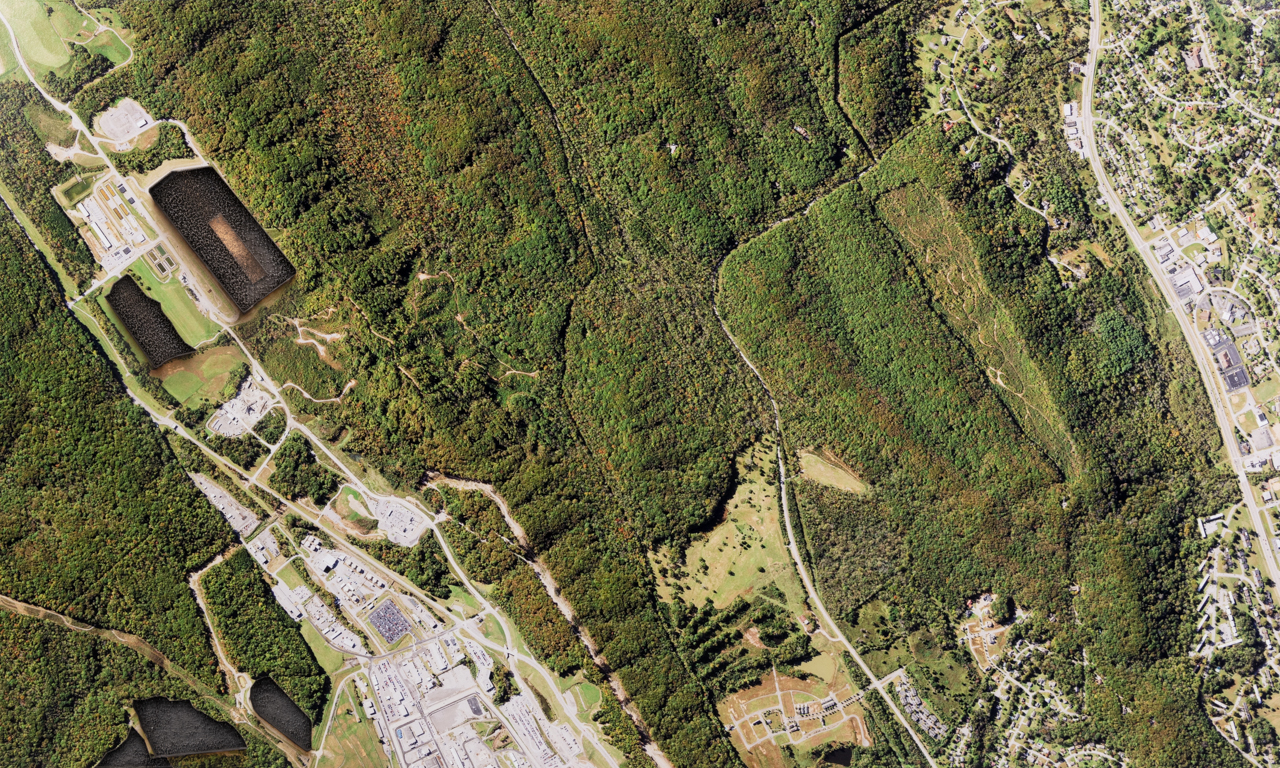
Oak Ridge, Tennessee

Monticello, Utah

Ford, Washington
Laser-engraved archival pigment prints over black acrylic, 2020
Uranium disposal cells are geometric mounds engineered to isolate radioactive material from the surrounding environment. The mounds sit above the ground and cover surfaces from a few acres to half a mile and consist of an outer shell of riprap rock and a clay soil layer that covers the radioactive material. They are designed to allow for rain runoff and to prevent plant growth from forming on top and penetrating the clay layer. Typically, the cells in the Southwest are made from demolished buildings at uranium mines, and the cells in the Midwest and East are most commonly from uranium metal engineering and processing sites.
Some sites that produced the waste contained in the cells date back to the Manhattan Project and were created to mine and construct nuclear weapons; some of the sites continue to operate today for the nuclear energy industry. The amount of radioactivity in the cells varies, but most radiation comes from Uranium-238 with a half-life as old as the earth or 4.47 billion years. There are over 100 sites like these that exist in the US and the number is growing.
Disposal cells are architecturally fascinating sites. They are often designed to blend in with the landscape, but their shapes form mounds on the earth, and their suture materials seldom remain as invisible as intended. They are otherworldly to see up close, but even more fascinating to see from an aerial view where their odd geometry takes shape. While some sites are constructed away from populated cities, others such as those in Weldon Spring, just outside St. Louis, Missouri, are difficult to ignore and function as recreational destinations.
Monument Plinth features aerial images from forty uranium disposal cells across the US. The images were collected with the assistance of Dr. Mark Finco and acquired by the National Agriculture Imagery Program. I printed and mounted each image on black acrylic and laser engraved the cell detail into the surface, reflecting an internal space or void.